Deco delight

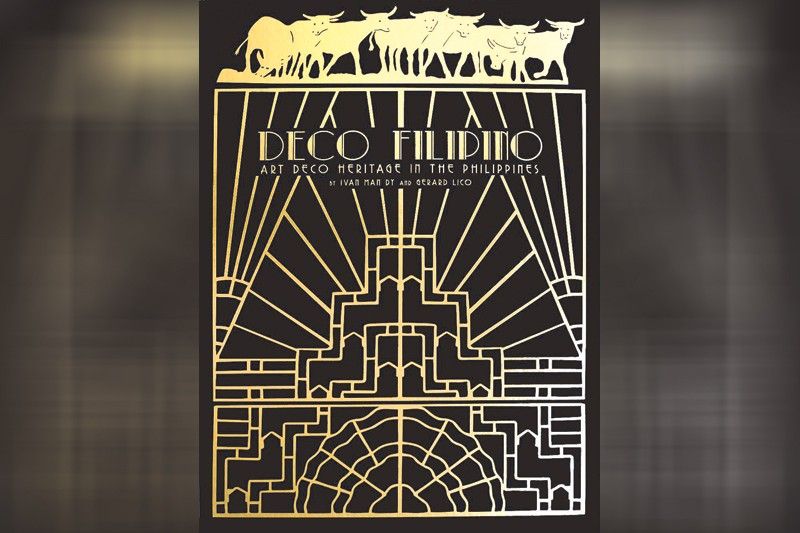
A month before the lockdown I was invited to the launch of a coffee-table book on a fascinating style of architecture — one that is found all over the country but is not appreciated by the general public. The style is also given little value by most government officials and the business community involved in real estate. This book hopes to help change people’s perception of this important heritage of ours.
The book is Deco Filipino: Art Deco in the Philippines by Ivan Man Dy and Gerard Lico. I did exert effort to brave the traffic for the event, but also to visit the newly revived Rizal Memorial Coliseum, one of the key landmarks in the style of Art Deco. Architect Lico was in charge of the building’s conservation.
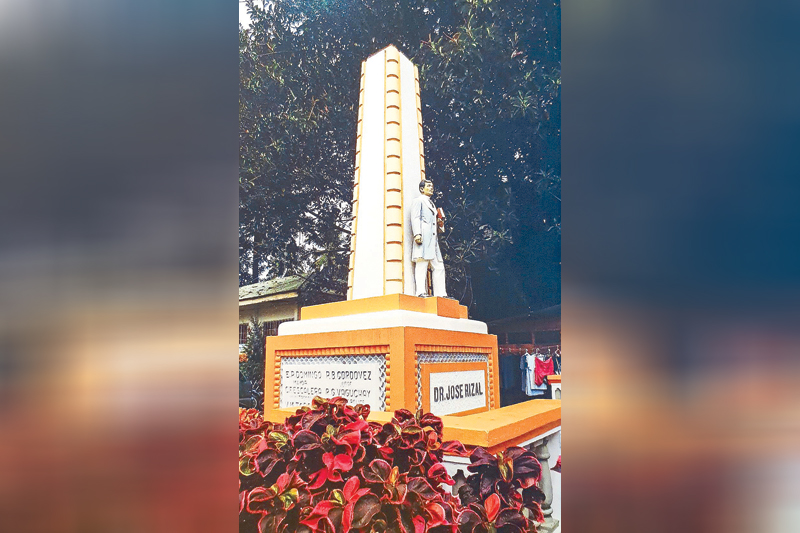
The 208-page coffee-table book, published by Art Post Asia, is a treasure trove of archival and recent photos of the Art Deco or “Moderne” style of architecture that was prevalent in the 1930s and 1940s. A good number of our buildings were still influenced by this style, even into the 1950s and 1960s (as seen in the works of architects like National Artist Jose Zaragoza with his Santo Domingo Church and the Meralco headquarters).
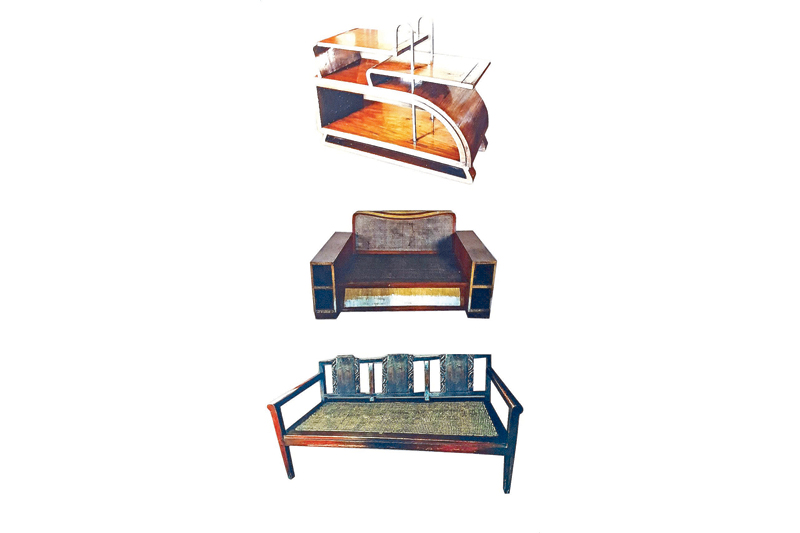
The book’s introduction by Ivan Man Dy gives readers a good background on the origins of the style in the west and how it reached our shores — through a handful of first-generation Filipino architects like Juan Nakpil, Andres Luna de San Pedro and Pablo Antonio Sr.
Ivan also presents his narrative from his own personal connection with heritage, initially from Binondo. He is better known as the district’s best walking tour organizer (I’ve taken his food tour — a must-try).
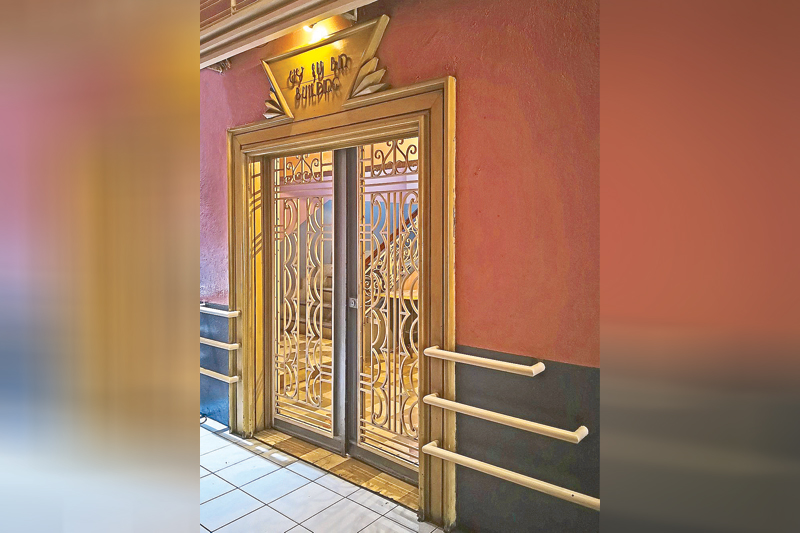
The book features heritage buildings organized by type: residences, commercial buildings, entertainment, government and public facilities, educational or ecclesiastical institutions, monuments and memorials.
Over the last three decades, I have seen a good number of the projects in the book except for the residences, which is often hard to access compared to the more commercial buildings. The book showcases residences in old Manila, Quezon City, Malabon, San Juan, Parañaque, and Malate in Metro Manila.
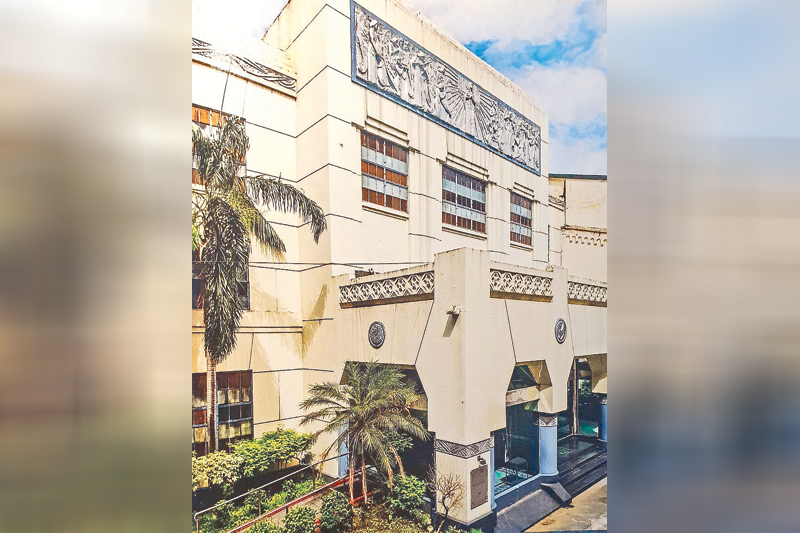
Provincial homes in the style are from Cavite, Laguna, Bulacan, Quezon, Pampanga, Nueva Ecija, Iloilo, Capiz, Negros Occidental, Davao and Cebu.
There’s an interesting section on Art Deco furniture in wood and cane, which the Philippines was known for before the war.
The section on commercial buildings is a great assembly of Art Deco landmarks of Tondo, Binondo, Santa Cruz and Sampaloc, which was were businesses were located in the pre- and immediate post-war eras. There is a special section on Iloilo’s commercial Art Deco buildings, which, unlike Manila’s, remain mostly intact, protected by a wonderful city ordinance and loved by Ilonggos as part of their heritage.
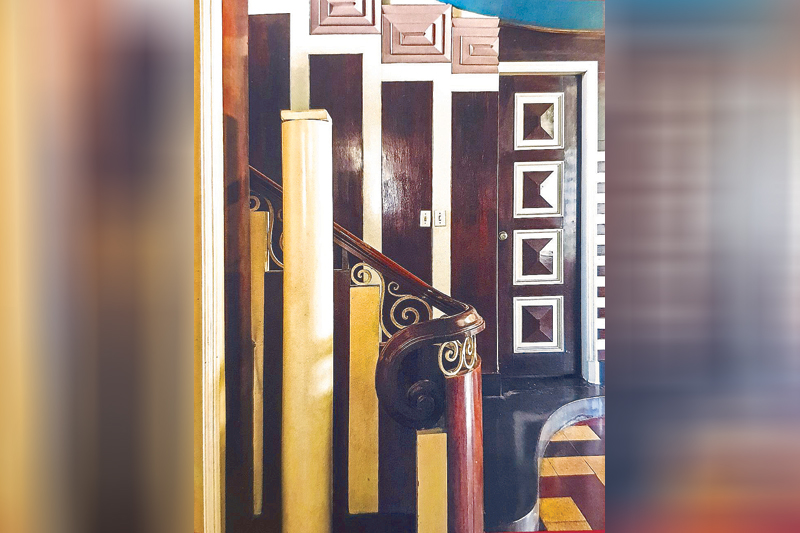
Of course, one cannot mention Art Deco without showcasing theaters and cinemas. Manila had dozens of magnificent palaces of entertainment, starting with the Metropolitan Theater. That theater is close to being reopened, but unfortunately we have lost many to the wrecking ball.
The book also notes the use of the style in government buildings and institutions in the 1930s to the 1940s. Juan Arellano’s work in this decade shifted primarily to the style with examples in Jaro, Iloilo, Sariaya, Quezon and Bauan, Batangas.
Buildings by other contemporaries of Arellano are also represented, including Antonio Toledo’s Cebu Provincial Capitol, Pablo Antonio’s White Cross Building and Federico Ilustre’s Quirino Grandstand, among others.
Schools and university campuses are also represented in the book. Notable exemplars are the FEU buildings by Pablo Antonio Sr., Arellano’s UP Iloilo Library, along with buildings at the University of Santo Tomas in Manila and St. Joseph’s Academy in Quezon City.
The book ends with chapters on monuments and the revival and conservation of extant examples of Art Deco, specifically the Rizal Memorial Coliseum.
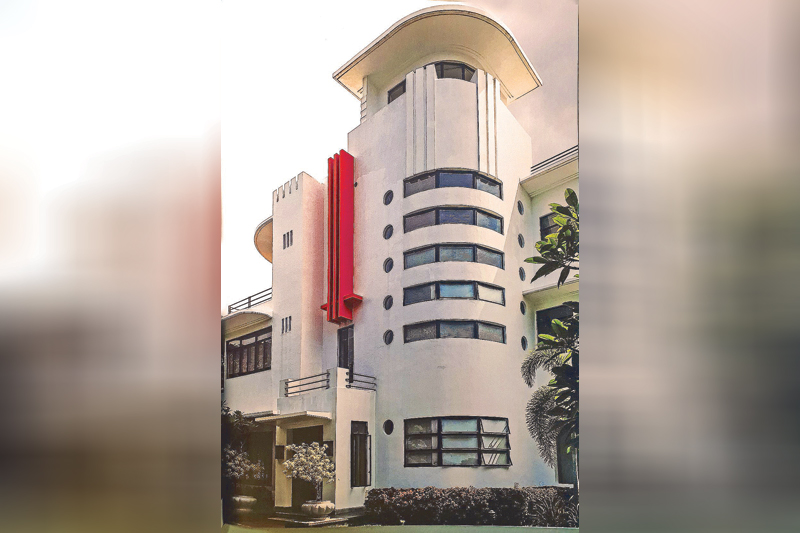
With this publication, the authors make an important contribution to the efforts of heritage conservation. The images and stories presented shine a light on a significant era of design and construction in the country. It also highlights the contributions of that generation’s architects, many of who were the mentors of the succeeding generations of Filipino designers.
The authors also make a case that our brand of Art Deco was distinctive and that Filipino designers adapted to style and used it to express a sense of identity and spirit of place with the use of Philippine motifs, ornamentation and tropical spaces.
Their take on the style was that “…Philippine Art Deco is characterized by an eclectic and hybrid interpretation of that utilized both contemporary and traditional building techniques… (refashioning) an imported architectural language and attempted to define modernity in their own terms. The result of which is a remarkable expression that is universally recognizable as part of the global Art Deco movement but one with a distinct regional and Filipino sensibility.”
With this book, it is hoped that the general public, owners of remaining Art Deco structures, along with local government authorities where these structures stand, would appreciate this heritage, and value of what remains, as irreplaceable landmarks. Cities without different layers of architectural heritage, representing specific stories and lives of previous generations, is a city without a sense of place, devoid of history and ultimately lacking a soul.
* * *
Feedback is welcome. Please email the writer at paulo.alcazaren@gmail.com. For queries on the book, contact Gerard Lico at doculico@gmail.com, Ivan Man Dy at gurumanila@gmail.com, or the publisher Art Post Asia at info@artpostasia.com.



















